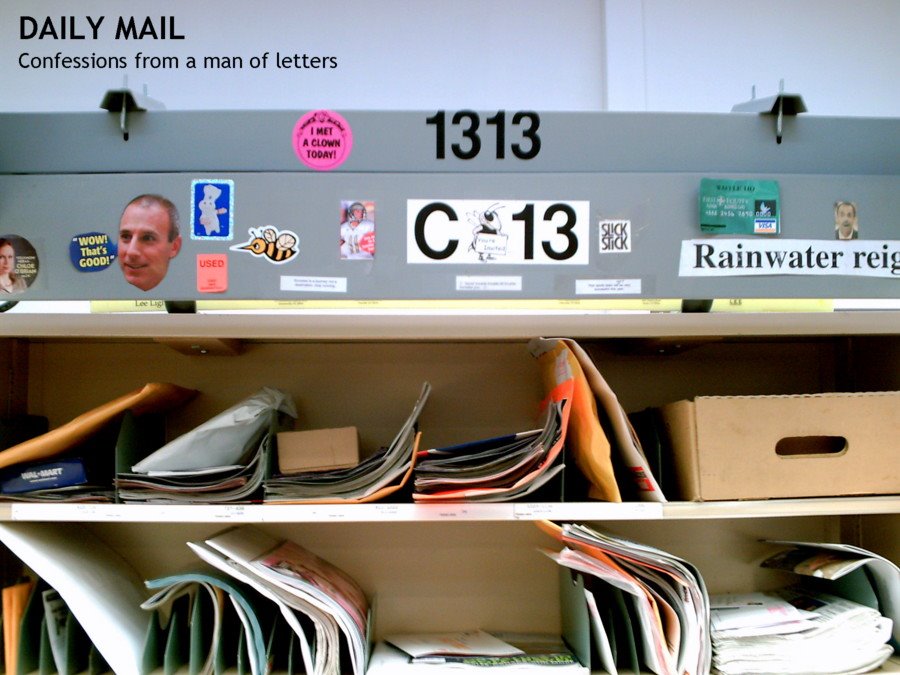
Movie star Al Gore's new film, An Inconvenient Truth, is upon us. As the movie's website says: "Humanity is sitting on a ticking time bomb. If the vast majority of the world's scientists are right, we have just ten years to avert a major catastrophe [see the countdown in the right column] that could send our entire planet into a tail-spin of epic destruction involving extreme weather, floods, droughts, epidemics and killer heat waves beyond anything we have ever experienced."
The evidence, however, does not indicate the "apocalypse now" that big Al wants you to think is happening. For starters, the following are from the Pacific Research Institute's Index of Leading Environmental Indicators 2006:
- The number of exceedences of the 8-hour ozone standard in Los Angeles over the last 30 years has dropped significantly, from 201 in 1975 to 75 in 2005. In fact, there are large scale areas of the LA air basin where there have been no exceedences of the ozone standard for the last several years, meaning millions of residents have no exposure to high levels of ozone.
- In the Washington, D.C. area, not a single Code Red day for poor air quality was declared over the summer of 2005, despite the hot temperatures. Ozone levels are falling in 19 Eastern states where smog was a recurring problem in the summer.
- Automobile tailpipe emissions from carbon monoxide has been reduced by 96 percent since the 1950s. These emissions rates per mile are not an average for the whole auto fleet, but apply to all makes and models uniformly. In other words, the frequently-heard claim that large SUVs “pollute more” is a myth.
- In 2005, the Center for Disease Control reports declining amounts of chemicals in human blood and urine almost across the board.
- The Catalogue of Life Program, begun in 2001, has passed the half-million mark in the number of species listed in its database.
- Grizzly bears may be coming off the endangered species list. The largest population in the continental U.S. outside of Alaska lives in and near Yellowstone National Park, where the grizzly population has grown from about 200 in the early 1980s to about 600 today.
- The EPA found significant declines in high acidity in every region except New England, where there was no change from 1990 levels.
- The biggest back-from-extinction story of the year was the reappearance of the ivory-billed woodpecker, thought to have gone extinct in the 1940s. Several independent observer teams confirmed the return of the bird to the Big Woods region of Arkansas.
- U.S. forests expanded by 9.5 million acres between 1990 and 2000.
- While wetlands were declining at the rate of 500,000 acres a year at mid-century, they have shown a net gain of about 26,000 acres per year in the past five years.
And here are a few things from the National Center for Policy:
- The polar icecaps, while diminishing in certain areas, are expanding in others (this is because temperatures in the polar interiors are falling, not rising). NASA's 2005 data for overall melting of the polar icecaps indicates a .05 millimeter increase in sea levels per year. Assuming no change in climatological factors, that equals 5 centimeters in 1,000 years, or 1 meter in 20,000 years!
- Polar bear populations have risen from 9,000 to 22,000 in the last 100 years. Of the 20 distinct polar bear populations in the world, 2 are declining in numbers, 2 are increasing, and the remaining 16 populations are stable. Incidentally, the places where polar bear populations are decreasing are places where tempuratures are falling, not rising! Likewise, they are thriving in the moderating polar regions!
If you'd like to read more, try Pete Du Pont's piece at opinionjournal.com. My bottom line? It's apocalypse not!





1 comment:
i saw al gore on leno the other night. he was kinda reserved. he never shrieked or screamed. He must be testing the waters for a presidential run????????
Post a Comment